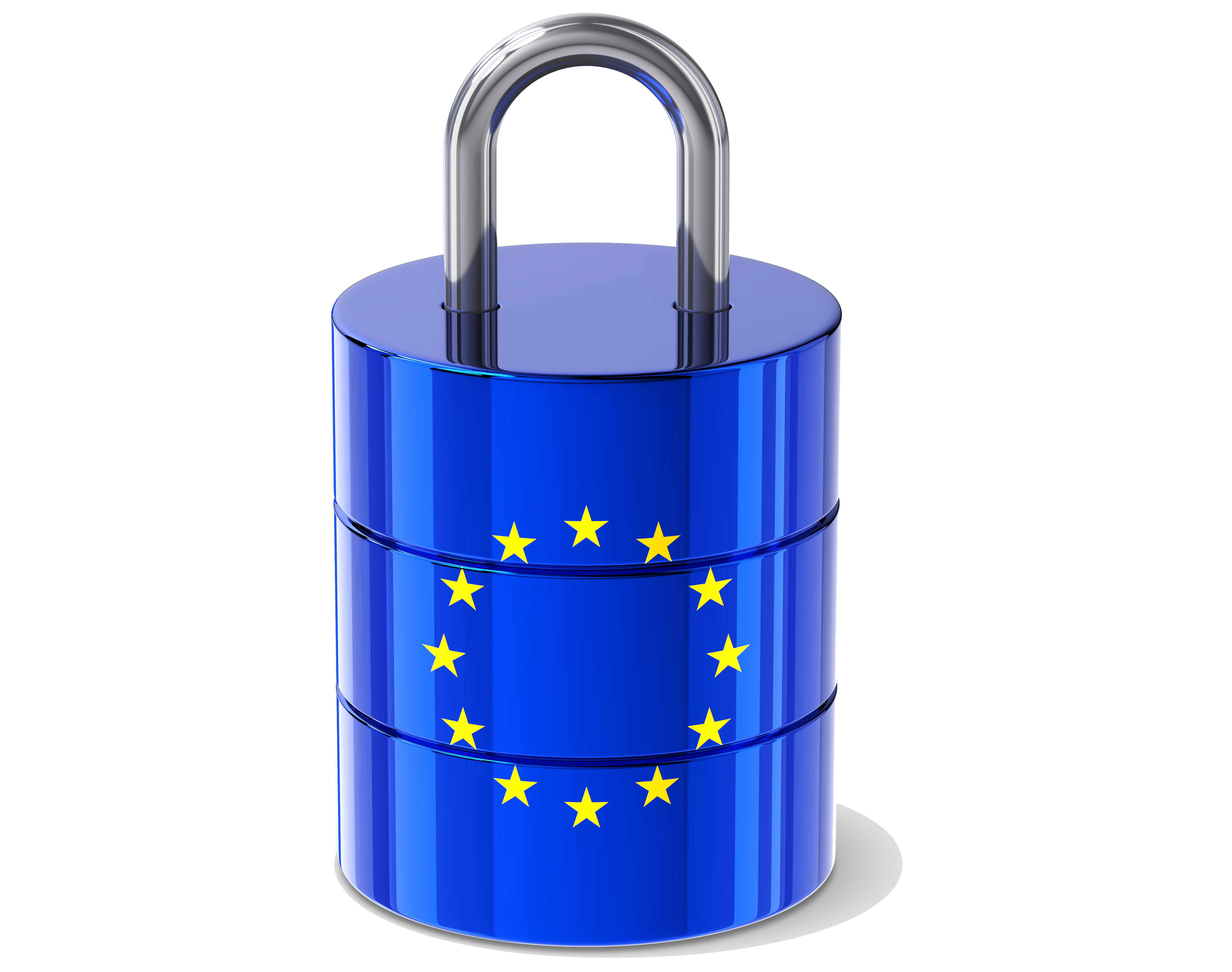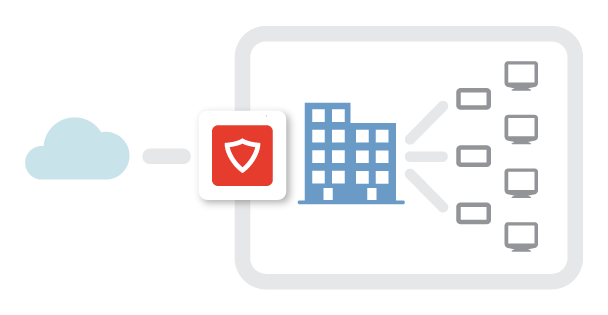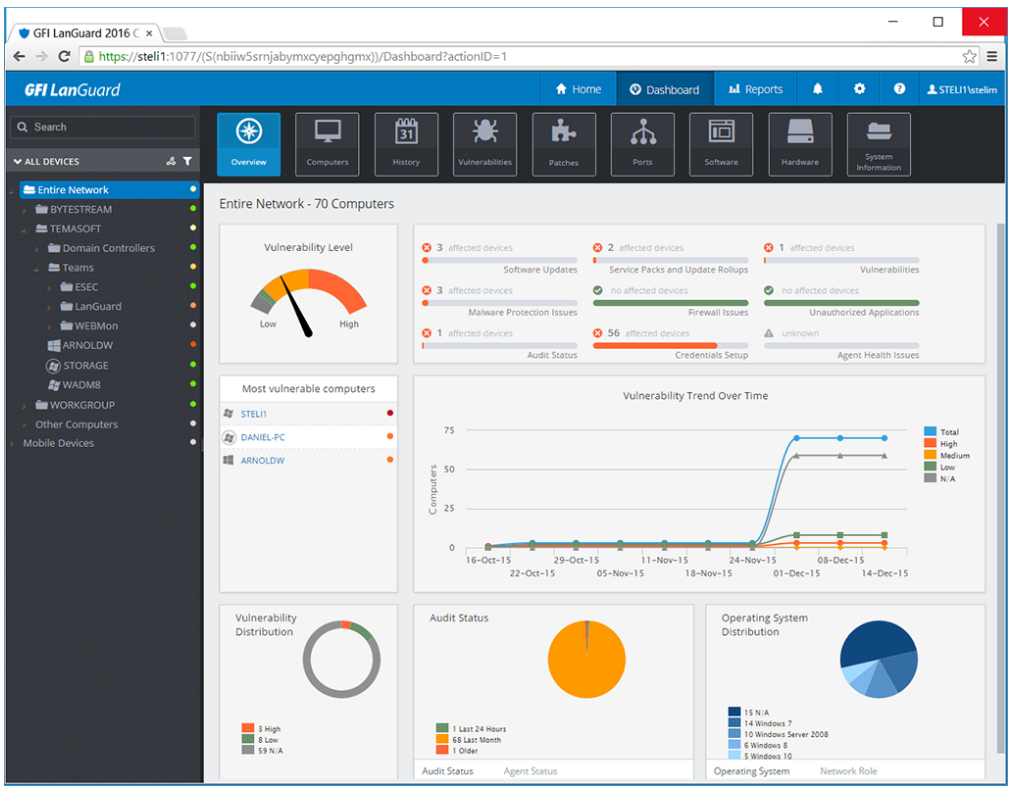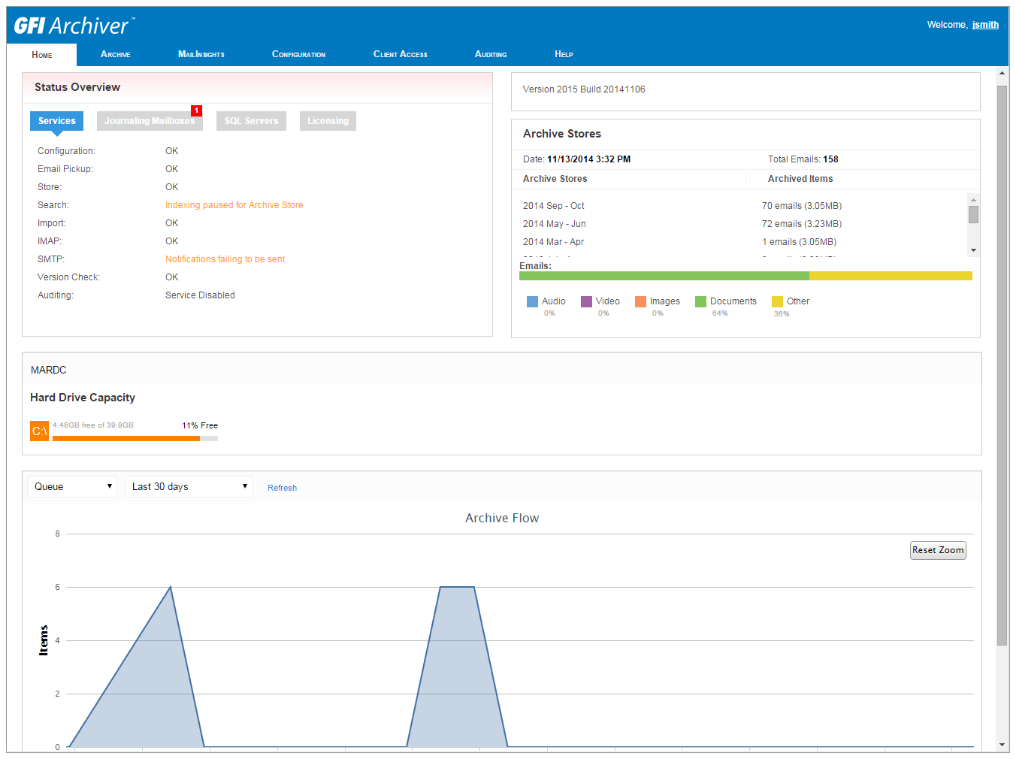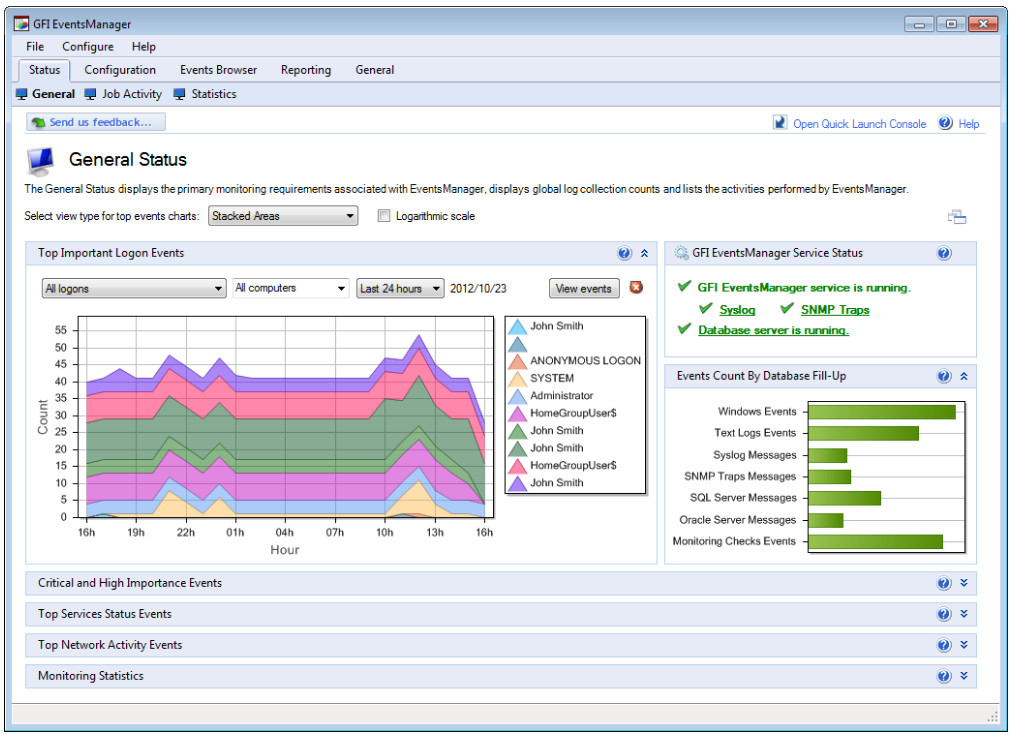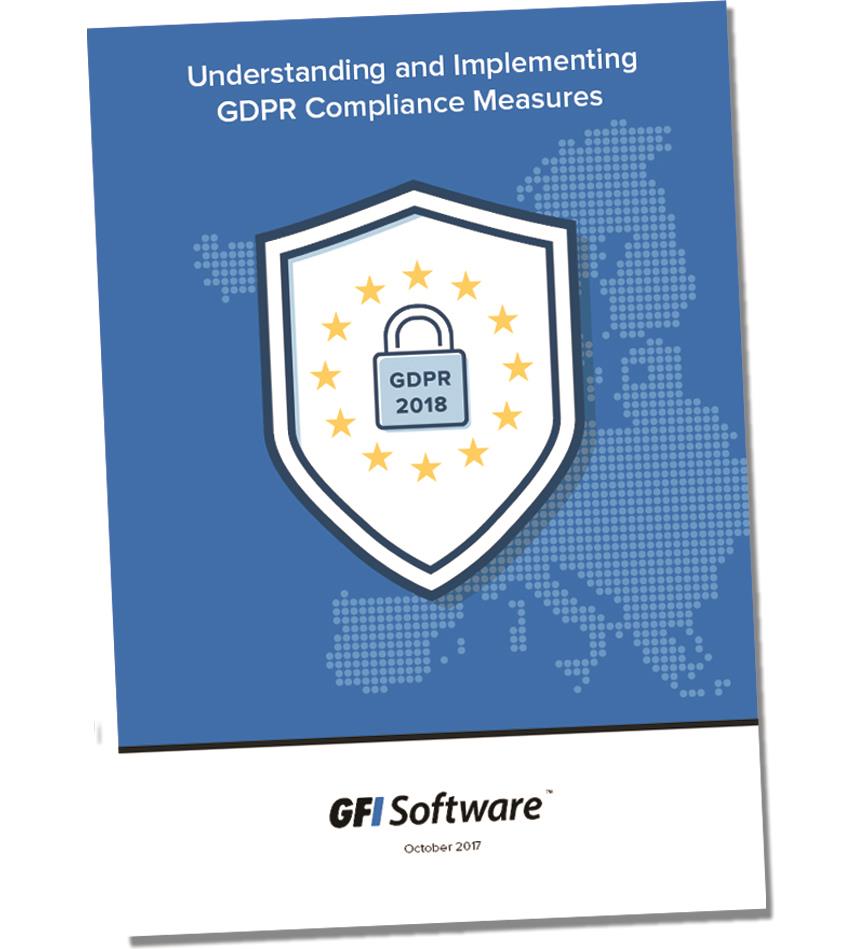The GDPR’s purpose is the protection of personal data, and unlike the
previous Directive, it strictly defines the term instead of leaving it up
to individual EU countries to do so. The
GDPR’s definition is very broad; it defines personal data as
:
“Any information relating to an identified or identifiable natural person
(‘data subject’); an identifiable natural person is one who can be
identified, directly or indirectly, in particular by reference to an
identifier such as a name, an identification number, location data, an
online identifier or to one or more factors specific to the physical,
physiological, genetic, mental, economic, cultural or social identity of
that natural person.”
This includes but isn’t limited to basic identity data (name, address,
phone number, ID numbers), biometric data, health and genetic data, web
data (IP addresses, location, cookie information, and RFID tag data).
Racial or ethnic data, sexual orientation, trade union membership,
political opinions and religious beliefs are classified as special
categories, or “sensitive personal data,” and are subject to additional
protections. Data rendered completely anonymous so that individuals cannot
be identified, directly or indirectly, is
excluded from the scope of the GDPR.
Pseudonymisation
Pseudonymous data is different from anonymous data. Pseudonymisation may be
a new word for many IT professionals; it means:
“The processing of personal data in such a manner that the personal data
can no longer be attributed to a specific data subject without the use of
additional information, provided that such additional information is kept
separately and is subject to technical and organisational measures to
ensure that the personal data are not attributed to an identified or
identifiable natural person.”
Pseudonymous data is still considered personal data, but may require lower
levels of protection.
